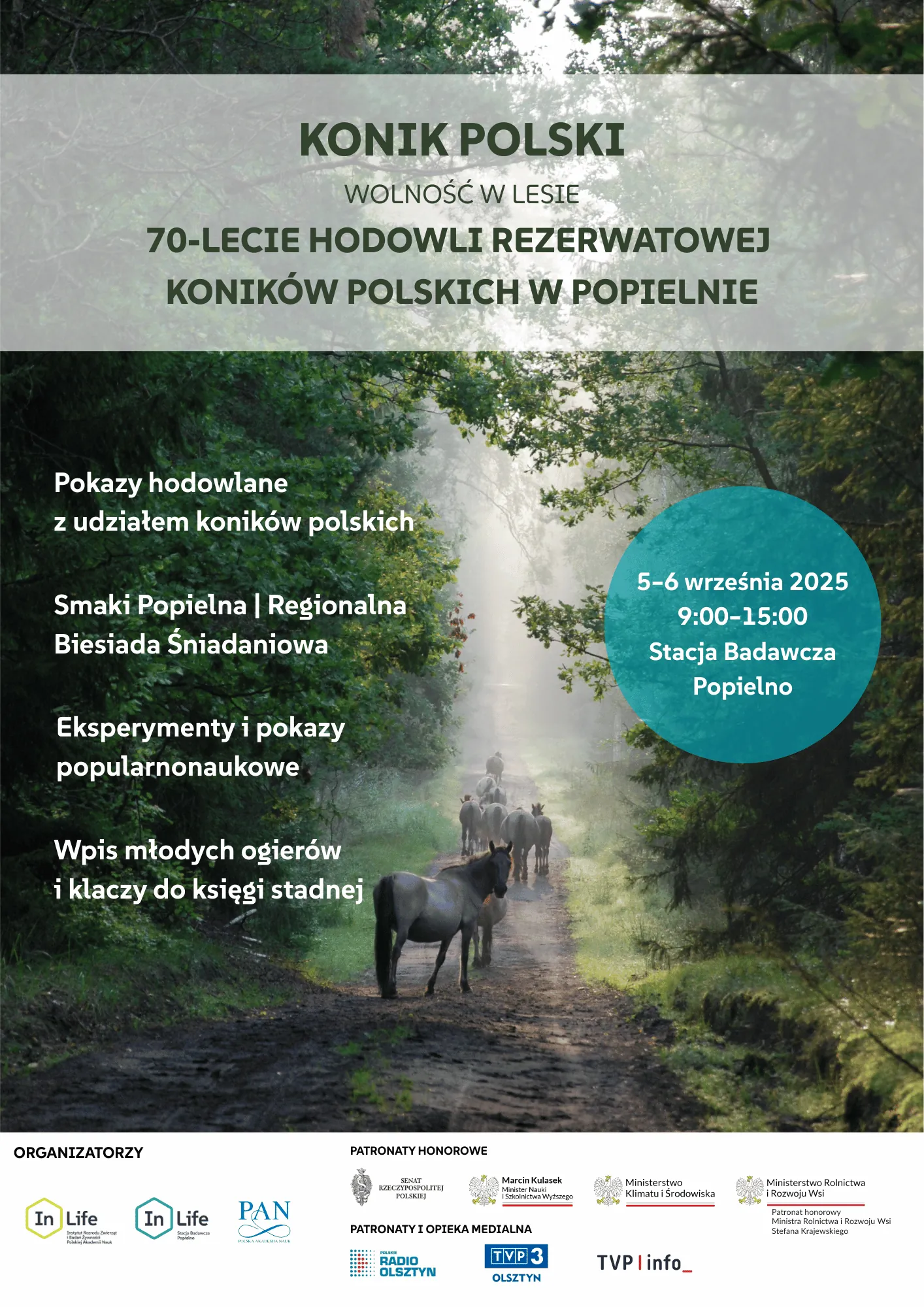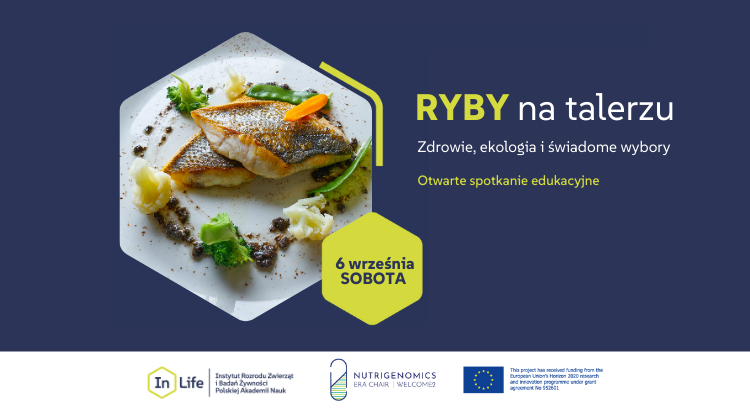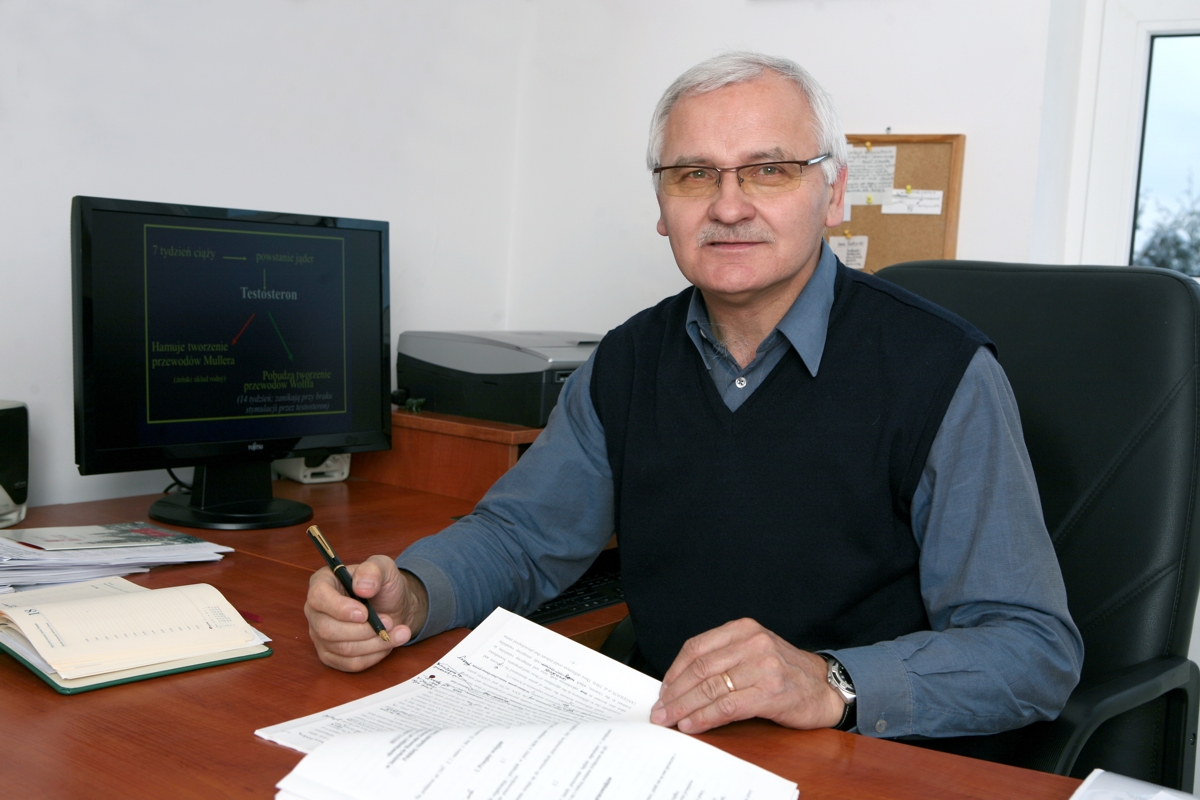
With its characteristic mouse-colored coat, stocky build, short stature, and incredible intelligence and endurance, the Polish Konik horse, whose history is linked to the wild tarpan, is a true miracle of nature. In Popielno, in the heart of Masuria, the Research Station of the Institute of Animal Reproduction and Food Research of the Polish Academy of Sciences in Olsztyn has been breeding it in a reserve for 70 years. On this occasion, anniversary celebrations will be held in Popielno on September 5–6 this year. The event is open to anyone who wants to learn more about the Polish horse and the unique history of its breeding.
– The 70th anniversary of breeding Polish Konik horses in conditions as close to natural as possible is a celebration for breeders, foresters, scientists, and all nature lovers – emphasizes Dr. Mamadou Moussa Bah, head of the station.
The anniversary celebrations are organized by the Institute of Animal Reproduction and Food Research of the Polish Academy of Sciences, together with the Research Station in Popielno and the Chancellery of the Polish Academy of Sciences.
– The event gained exceptional prestige thanks to the honorary patronage of Marcin Kulasek, Minister of Science and Higher Education, Paulina Hennig-Kloska, Minister of Climate and Environment, Stefan Krajewski, Minister of Agriculture and Rural Development, and the Senate Committee on Agriculture and Rural Development. This is a clear signal that caring for this native breed is not only a matter of science and breeding, but also a matter of culture, national identity, and responsibility for nature – adds Dr. Bah.
THE HISTORY OF POLISH KONIK
The history of the Polish Konik horse in Popielno has its roots in the pioneering research of Professor Tadeusz Vetulani, who, in 1936, wanting to prove the forest origins of the breed, established the first breeding reserve in the Białowieża Forest. The experiment was interrupted by World War II, and after the professor’s death, in order not to waste his achievements, a decision was made to continue the breeding reserve. Thanks to the efforts of Professor Witold Pruski, in 1955 the stud farm in Popielno was taken over by the Polish Academy of Sciences, becoming a scientific institution of the PAS. In the same year, the first herd was released into the forest area of the peninsula – the stallion Gordij and eight mares brought from Białowieża, which gave rise to the breeding that continues to this day. The reserve was gradually enlarged, providing the horses with optimal, natural living conditions. For over 70 years, the population has grown, and Popielno has established its leading, unquestionable position as the most important center, which not only saved the native breed, but also became a genetic reserve and source of breeding material for the whole of Poland.
70 YEARS OF RESERVE BREEDING
The reserve breeding program run by the Research Station of the Institute of the Polish Academy of Sciences in Olsztyn is unique in Europe, mainly due to the exceptional conditions of Popielno. It is here that wild horses have over 1,600 hectares of forest at their disposal. The vast area is also used for ecological activities and biodiversity conservation.
– We run our breeding program in order to protect and utilize the potential of the native horse breed, which is considered a unique natural and breeding relic, testifying to our Polish material culture and the contribution we have made to the world’s breeding culture and science – says Dr. Mamadou Bah.
The station makes every effort to share the results of its work not only with professionals – breeders and scientists – but also with schools and tourists, who are particularly keen to visit Popielno in the summer.
BREEDERS (NOT) ONLY
This year’s celebrations are planned for two days, and in addition to the breeding section, guests will be able to take part in numerous popular science shows that will introduce them to topics such as biodiversity conservation, agriculture, food, and forestry.
The event will begin on September 5 with a field test of Polish Konik horses for riding and pulling carts. From the morning, guests will be able to enjoy a regional breakfast feast called “Smaki Popielna” (Flavors of Popielno), hosted by the regional Rural Housewives’ Association. With families and individuals who would like to learn more about the profile of the organizers and partners in mind, an information and popular science zone has been created, where interesting experiments, demonstrations, competitions, and other engaging activities will await. The afternoon has been reserved for the entry of young stallions and mares into the stud book of Polish Konik horses.
On the second day, September 6, the event will begin with a foal championship under their mothers. This is one of the favorite parts of the program – watching young horses, which often already at this stage are able to show their unique character. In addition to the breakfast and popular science sections, there will also be lectures and presentations providing key information about Polish Konik breeding in Poland.
FRIENDLY LEARNING
– Experts from the Institute of Animal Reproduction and Food Research of the Polish Academy of Sciences, the Masurian Landscape Park, the State Forests, the Warmia-Masuria Agricultural Assistance Center, the National Agricultural Assistance Agency, and other event partners will make every effort to engage the youngest guests of the event. We are delighted that the 70th anniversary of the Polish konik horse breeding reserve in Popielno will also be an opportunity to learn about the biodiversity, flora, and fauna of our region, as well as to present organizations that are friends of the station, summarizes Dr. Mamadou Bah.
IN A NUTSHELL
POLISH KONIK: FREEDOM IN THE WOODS – Celebrating 70 years of reserve breeding in Popielno
Date: September 5–6, 2025,
Venue: Research Station in Popielno, Popielno 25, Poland
Organizers: Institute of Animal Reproduction and Food Research of the Polish Academy of Sciences in Olsztyn, Research Station in Popielno, Polish Academy of Sciences
Honorary patrons: Minister of Science and Higher Education, Minister of Climate and Environment, Minister of Agriculture and Rural Development, Senate – Committee on Agriculture and Rural Development
Partners: Agencja Restrukturyzacji i Modernizacji Rolnictwa, Krajowy Ośrodek Wsparcia Rolnictwa Oddział Terenowy w Olsztynie, Skłodowscy Sp. z o.o., Warmińsko-Mazurski Ośrodek Doradztwa Rolniczego w Olsztynie, Mazurski Park Krajobrazowy, Nadleśnictwo Maskulińskie, Spółdzielnia Mleczarska „Mlekpol” – oddział ZPM Mrągowo, Print.gg, Koło Gospodyń Wiejskich w Łupkach, Koło Gospodyń Wiejskich w Jeżach, Koło Gospodyń Wiejskich „Wojnowiaki” w Wojnowie, Koło Gospodyń Wiejskich „Ładnopolanki” w Ładnym Polu, Koło Gospodyń Wiejskich „Babeczki” w Osiniaku-Piotrowie
Patronage and media coverage: TVP3 Olsztyn, Radio Olsztyn
AGENDA
September 5, 2025 (Friday)
9:00 a.m.–1:00 p.m. Field performance test for Polish horses
10:00 a.m.–1:00 p.m. Regional breakfast feast “Flavors of Popielno”
10:00 a.m.–5:00 p.m. Partners’ Zone and popular science shows
12:00 p.m.–1:00 p.m. Entry of young stallions and mares into the Polish Konik stud book
1:00 p.m.–1:30 p.m. Welcome of guests and honorary speeches
1:30 p.m.–3:00 p.m. Outdoor lunch
September 6, 2025 (Saturday)
9:00 a.m.–12:00 p.m. Polish Konik foal championship under their mothers
10:00 a.m.–1:00 p.m. Regional breakfast feast “Flavors of Popielno”
10:00–15:00 Partners’ Zone and popular science shows
12:00–13:00 Lectures (Popielno Research Station, Borki Forest District, Biebrza National Park) 13:30–15:00 Outdoor lunch





